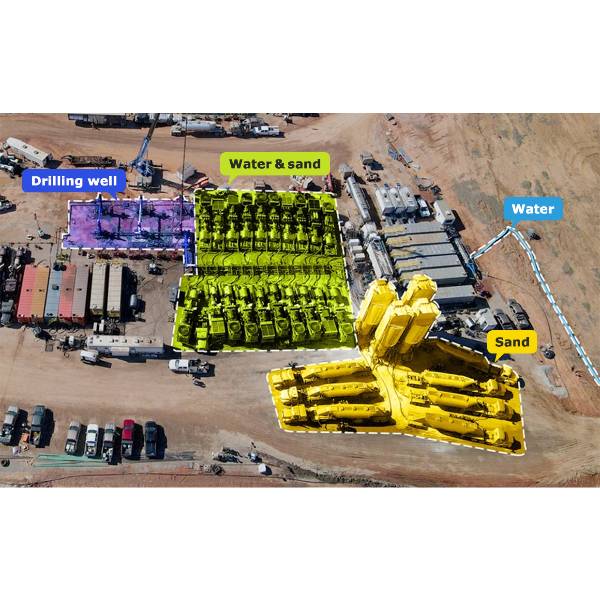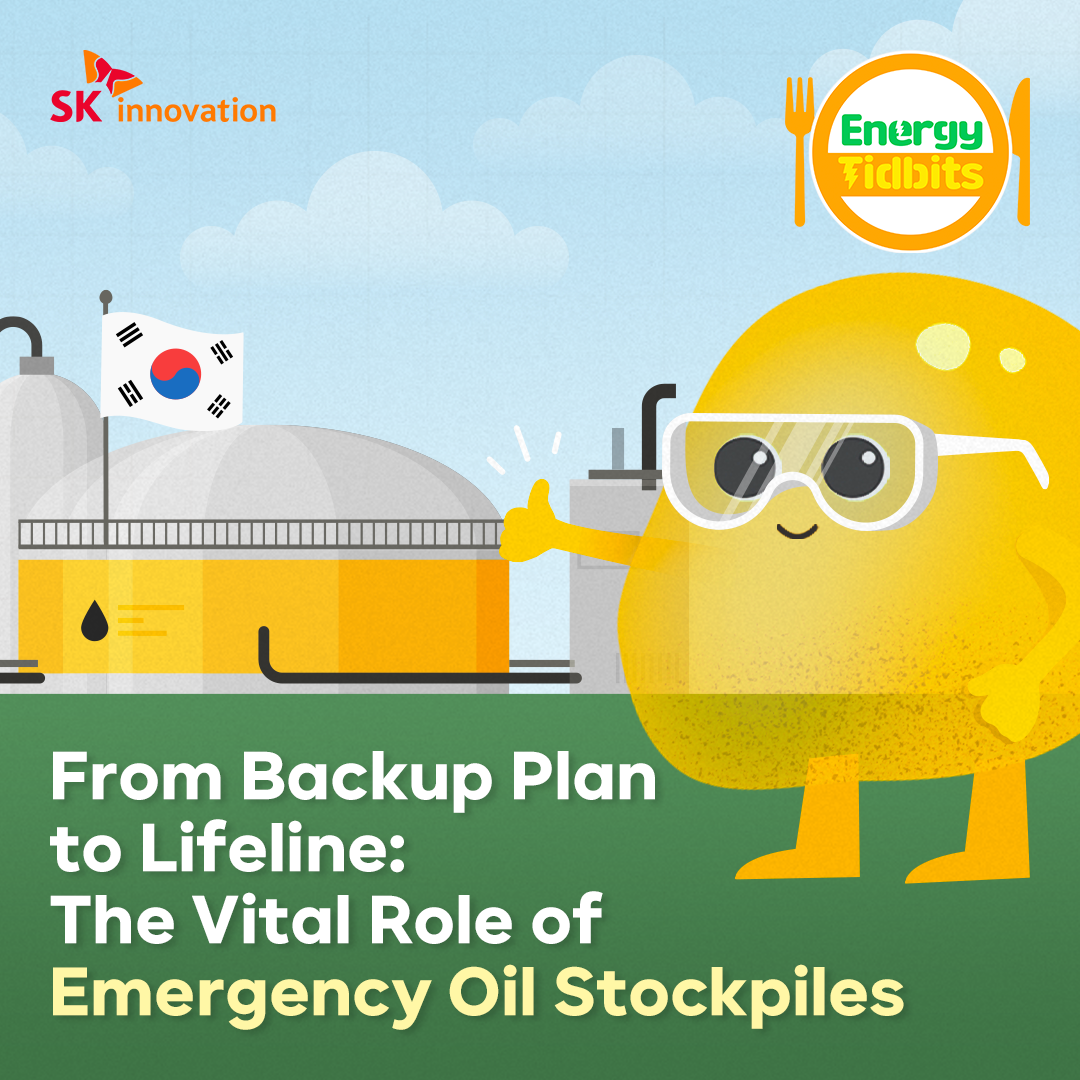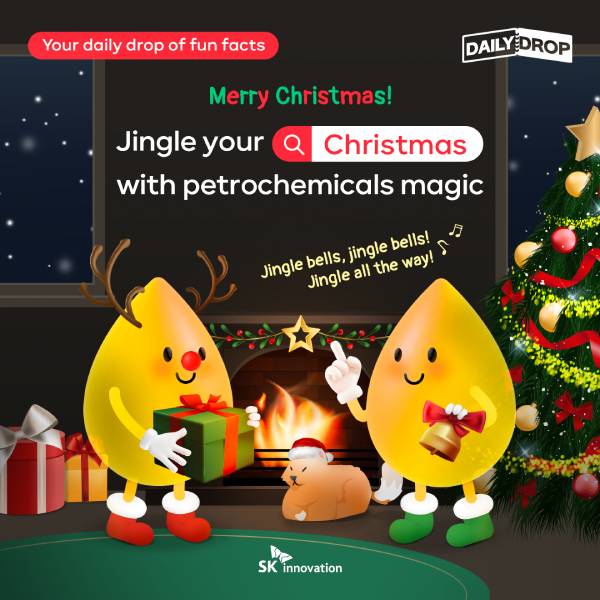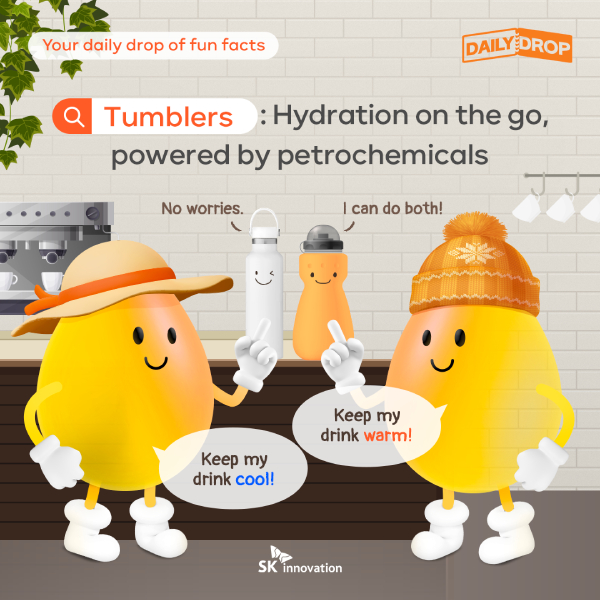 Trends & Reports
Trends & Reports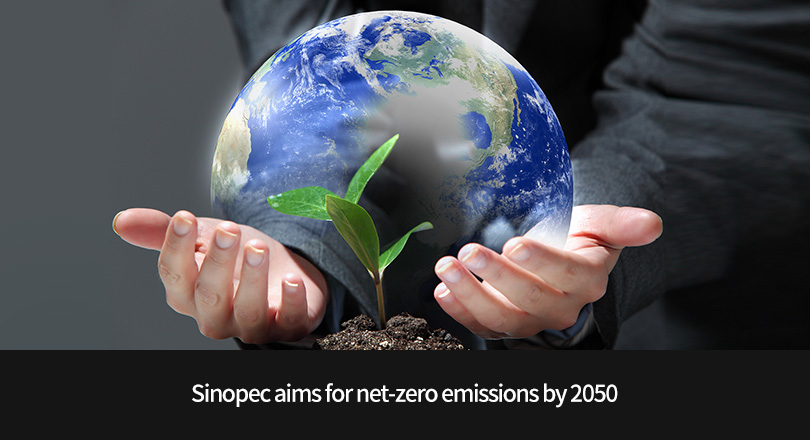
Sinopec, the second-largest energy company in China, has recently introduced its plan achieve carbon neutrality by 2050, a decade ahead of China’s 2060 net-zero emissions target. The company’s plan was announced by Zhang Yuzhuo, Chairman of Sinopec, during a video conference of annual results 2020 on March 29th.
| Transition into the largest Chinese hydrogen producer
Sinopec has underscored that hydrogen would take center stage among various alternatives to turn it into a clean energy enterprise. Chairman Zhang added that Sinopec is on its ways to build 1,000 hydrogen gas refilling stations over the next 5 years, up from the current total of only 10 stations. This is part of the enterprise’s transformation plan to become China’s largest hydrogen company.
Moreover, hydrogen cars are expected to be used during the Beijing 2022 Winter Olympic Games, and Sinopec has already been supplying 500kg of hydrogen a day to Beijing through the Yanshan Project. The Yanshan Project refers to the company’s plan to build reforming(1) and NCC(2) units to process grey at Yanshan Petrochemical Complex, Beijing with a production capacity of 2,000 m3 per hour of uncompressed hydrogen gas.
(1) Reforming: refers to a process that converts methane (CH4) to H₂ and CO₂, and the reformer method generates a sizable amount of hydrogen as a by-product. Either LNG or LPG is used as a raw material
(2) NCC (Naphtha Cracking Center): a facility to produce petrochemical products based on Naphtha and the process of naphtha cracking leads to a massive production of hydrogen.
While Sinopec’s green hydrogen project is still in the planning stage and its exact target production volume and the development period remain uncertain, it is clear that the company is proactively engaged in the project as demonstrated in its recent signing of the letter of intent (LOI) with Enze Haihe Fund and Cummins – a leading power turbine solution provider in China, to join a projects related to green hydrogen production.
Currently, Sinopec’s hydrogen project concentrates on the construction of hydrogen production facilities built at three major refining-chemical integrated plant, including Yanshan, Guangzhou, and Gaoqiao Petrochemical, as well as the hydrogen byproduct from its large-scale refining units. As of 2020, Sinopec’s production of gray hydrogen was 350 tons, accounting for 14% of the total gray hydrogen production in China.
| Pilot CCUS project and forest creation to reduce carbon emission
Sinopec also aims to reduce its methane emissions from oil and gas production by 50% by 2025. It launched a pilot project to build a Carbon Capture, Utilization and Storage (CCUS) base in eastern China’s Jiangsu province with capacity to capture up to 1 million tons of CO2 by 2025. Sinopec Nanjing Chemical has already installed two CCS facilities to execute an annual capacity of 100 thousand tons. Sinopec additionally revealed on April 9th that the CCUS jointly built by Sinopec East China Petroleum Bureau and Sinopec Nanjing Chemical Industries has captured a total of 165,000 tons of CO2 with an annual capture capacity of over 100,000 tons.
Furthermore, Sinopec is also conducting a bio-solution research to offset carbon emissions by creating forests. The company has planted over 1 million trees at the Shengli oilfield area that covers about 15,000 ㎡ in Shandong, China. They are said to be able to offset about 5,000 tons of carbon emissions per year.
Meanwhile, SK Innovation revealed on April 5th that Sinopec-SK Petrochemical, a joint venture between its subsidiary, SK Global Chemical, and Sinopec, will complete the newly added petrochemical facilities and be in full operation by the second half of this year. Consequently, many see that Sinopec-SK Petrochemical would solidify its position as one of China’s leading chemical enterprises by preemptively responding to market conditions such as skyrocketing prices by significantly expanding the production size of chemical products against the backdrop of a harsh management environment due to COVID-19.
Particularly, Sinopec-SK Petrochem plans to produce High Crystallinity Polypropylene (HCPP), which is a high-quality and high value-added chemical product characterized by significantly higher strength than that of the existing product, in the newly expanded polypropylene facility. Moreover, it intends to complete the expansion of the polyethylene facility by June this year and to start operating the facility at 100% capacity from the second half of the year.
In the latter half of this year, when the petrochemical production facilities currently in expansion are fully operated, Sinopec-SK Petrochemical Company will secure a total of 3 million tons of production capacity of petrochemical products, including 1.1 million tons of ethylene, 900,000 tons of polyethylene, 700,000 tons of polypropylene and 190,000 tons of butadiene, etc. It is reported that this figure indicates about a 40% increase from Sinopec-SK’s existing 2.2 million tons of petrochemical production volume.
– Sinopec-SK’s new chemical facilities to start full operation in 2nd half of 2021










 Youtube
Youtube Facebook
Facebook Instagram
Instagram Linkedin
Linkedin








